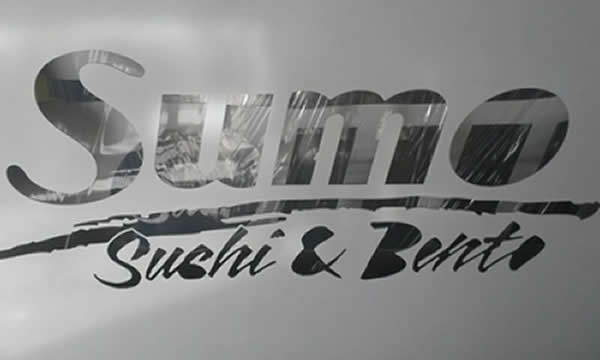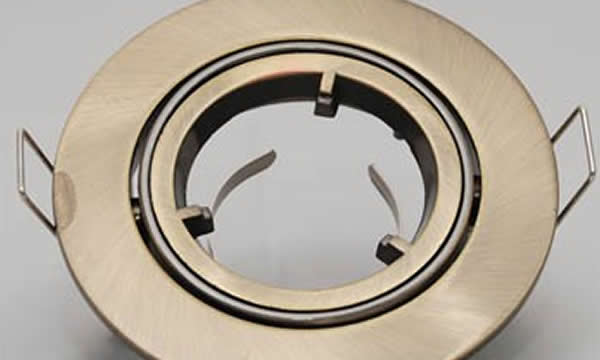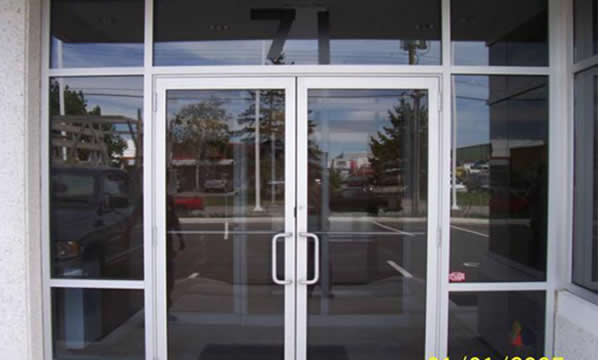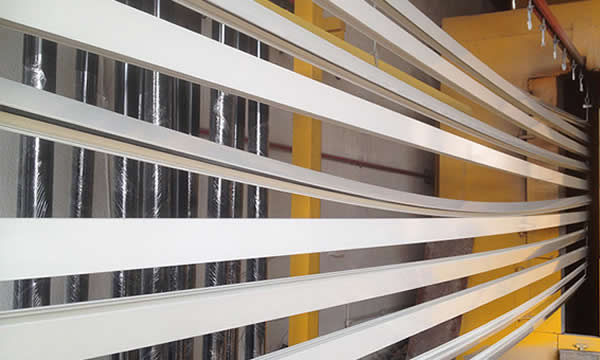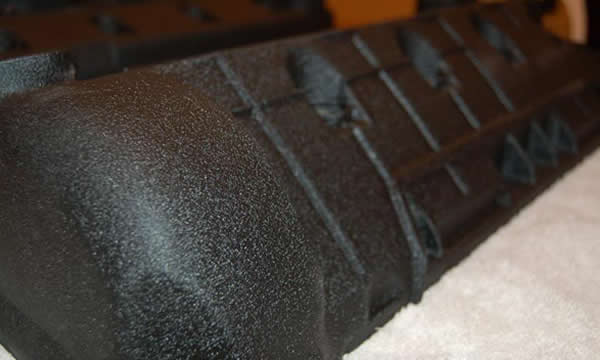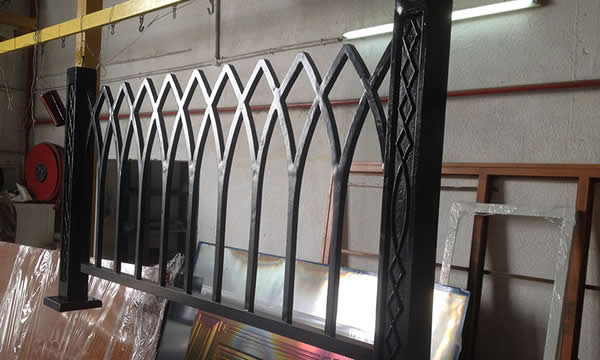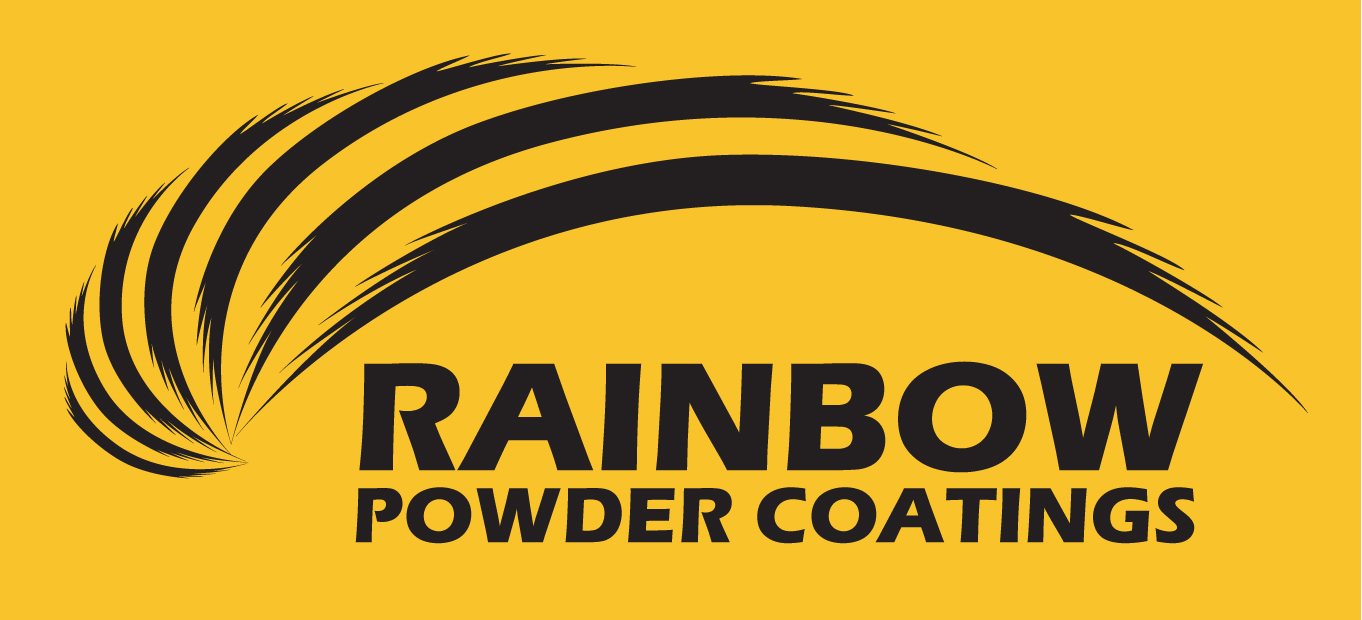Powder coating process entails the application of finely ground particles of resin and pigment on the surface of a substrate. This dry finishing process is suitable for materials such as-
- Glass
- Metal
- Plastic
- Medium-density fibreboard

Powder-coated bicycle frame
Source- https://commons.wikimedia.org/w/index.php?curid=19220868
It provides decorative and functional coating in a broad array of textures, colours and finishes. Two main methods of powder coating process are-
- Electrostatic spray deposition
- Fluidised bed application
Both processes create a hard finish and even surface that are usually very hard-wearing, eco-friendly and cost-effective. The specifications of a powder coating process, for instance, substrate material, cost, size, application environment and turnaround time are considered to ascertain the powder coating process that will be the most appropriate.
Overview of Powder Coating Process
It is a dry finishing process appropriate for metal and non-metal substratum and spray booth, spray gun and curing oven are used for the purpose. Powder coating process comprises of
- Preparation
- Application
- Curing stage
For the process to function well at optimum capacity, powder coating suppliers need to consider different aspects such as type of powder coating material and the substrate material. Contact Rainbow Powder Coating for the best service.
Contrary to the liquid coating method that makes use of liquid coating suspension, the powder coating process utilises powder coating material. In this process, the powder is sprayed onto a pretreated surface. Subsequently, the surface is melted, dried and it solidifies into a decorative and functional coating. As mentioned above, there are 3 main stages during this process, and for each stage, a set of equipment is used.
Preparation Stage
The substrate surface is cleaned and treated prior to the application of powder coating material. If the substrate surface is not prepared properly, the remaining remnant such as dirt, dust or debris may affect the adhesion of the powder coating material. The preparation treatment is contingent on the powder coating material, which is coated. The main steps during the preparation stage are-
- Cleaning
- Rinsing
- Blasting
- Etching
- Drying
Equipment used during the preparation stage-
- Blast rooms
- Dry-off ovens
- Wash stations
Using neutral detergents or weak alkali, any remaining residues such as grease, oil etc. can be removed from a part’s surface, in a wash station or dip tank.
Parts with scaling, rust, remaining paint etc. usually need a blast room. Inside this enclosure, abrasive material, such as shot, grit or sand is propelled against a surface, using compressed air. Whatever abrasive material used removes the remaining debris, making the surface smooth and clean upon which the coating material can be applied.
A dry-off oven is utilised for certain powder coating processes. The oven heats up the parts to an optimum temperature as well as facilitates evaporation of remaining solutions or water on the cleansed part.
Application Stage
The application method is determined by the type of powder coating material used. Powder coating service providers and manufacturers mainly follow 2 methods for powder coating process- Electrostatic deposition and fluidised bed powder coating.
Electrostatic deposition
The coating material is sprayed through electrostatic spray deposition. This method utilises-
- Powder feeder
- Power unit
- Powder spray booth
- Electrostatic spray gun
The spray booth acts as a powder overspray containment and recovery system, air filter and an area for powder coating material application. The electrostatic spray gun imparts an electrical charge to the powder coating material which is subsequently used to spray onto the substrate surface.

Spray guns
Source- https://commons.wikimedia.org/w/index.php?curid=6778276
Types of electrostatic spray gun-
- Corona spray gun
- Bell spray gun
- Tribo spray gun
In a Corona spray gun, when the powder coating material moves across the front portion of the gun, an electrode which is electrically charged by the power unit impart a field charge to the particles of the powder coating material. In a Tribo spray gun, the powder generates a charge when it moves through a gun barrel. In a bell spray gun, the powder is charged through corona discharge and conduction, when it is propelled from the bell of the gun. Anyhow, the electrically charged particles remain adhered to the electrically grounded surface.
Fluidized Bed Powder Coating
In contrast to electrostatic deposition, where the coating material is propelled and adhered onto a surface, during the fluidised bed powder coating process, the coating material is collected in a fluidised bed and the parts are dipped in it. Another similar option is electrostatic fluidised bed powder coating in which the part is dipped into the powder material which is electrically charged.

Powder coating of Aluminium extrusion
Source- https://commons.wikimedia.org/w/index.php?curid=8660347
Curing Stage
The characteristics of the curing stage, which is the final stage of the powder coating process, to a large extent is contingent on-
- Type of coating material
- The method of powder coating application
Curing ESD Coated Parts
ESD coated parts are cured inside a curing oven. The time and temperature that an ESD coated part should endure while it completes the curing inside the oven are contingent on its thickness, size and shape.
The curing time will be somewhere around 10 minutes to more than an hour when the curing oven operates between 325 to 450 degree Fahrenheit. In this regard, the small ESD coated parts need less time, whereas large ESD coated parts need more time to cure completely. When the part reaches the optimal temperature, the powder melts to form an incessant film over its surface.
Curing Fluidised Bed Coated Parts
For parts that are dipped into a coating material in a fluidised bed, prior to the application of the coating, the parts are preheated in an oven similar to the curing oven. When the part is dipped in the powder coating, the powder melts and moves steadily when it comes in contact with the preheated part. Coated parts can either be preheated before it is moved across the powder coating cloud or the coated part can be heated and cured in a curing oven.
Anyways, upon completion of the powder coating process, when the part becomes cool, it can be assembled, packed and shipped.
Powder Coating Material Considerations
Two major types of coating materials used for the powder coating process are thermoplastics and thermosets. Even though both the coating materials can be applied in the same manner, the curing stage for both the materials is different. Thermoplastics and thermosets have different mechanical and physical characteristics.
| Thermoplastics | Thermosets |
| When subjected to high temperature, it may melt. | It can withstand high temperature |
| Do not require curing stage to harden | Require curing stage to harden |
| Applied in both Electrostatic deposition and fluidised bed method. | Applied in Electrostatic deposition |
| Greater impact resistance | Greater scratch and mar resistance |
| It can be reformed, remelted and recycled | Can’t be reformed, remelted and recycled |
| Do not change chemically | Undergoes irrevocable chemical reaction |
| More flexible in thick coating | Prone to over-hardening and brittleness |
Benefits of Powder Coating
In contrast to the conventional liquid coating process, powder coating processes have numerous advantages, such as
- Lower material costs
- Lasts long
- Less environmental impact
- Possibility for more specialised finishes
- Quick turnaround time
Besides these advantages, the powder coating process offers protection from corrosion, scratches, fading, abrasion, and general wear and tear. These features make it well-suited for high traffic applications. For the sandblasting services, contact Rainbow Powder Coating Services.
Another major advantage of this process is the lack of carbon dioxide and solvent emission. During the process, all these exclusions restrain the carcinogenic and hazardous substances that are emitted into the environment during the powder coating process, making it a better alternative to the liquid coating process.
